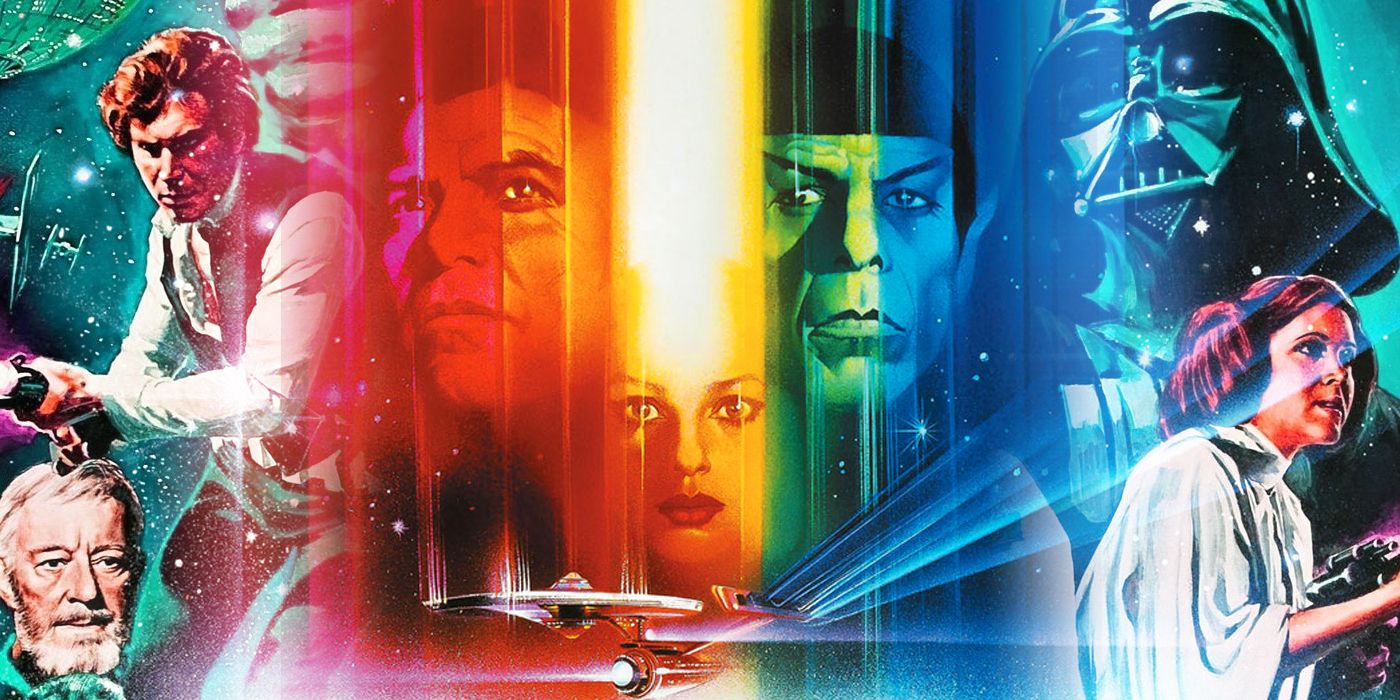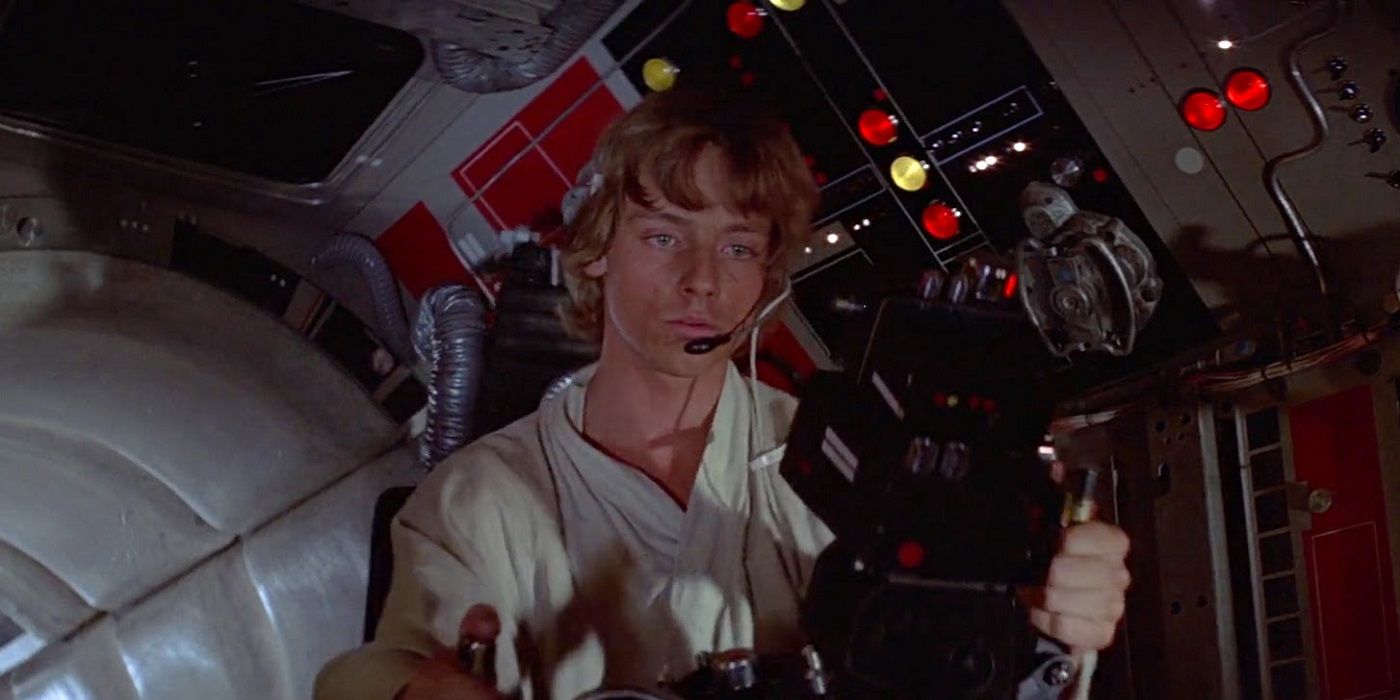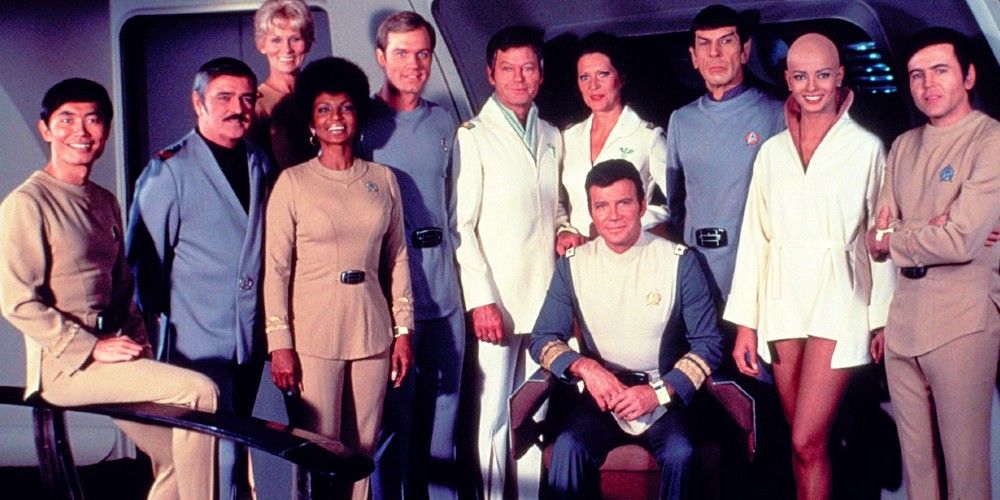Star Trek: The Motion Picture was intended to be a blockbuster on the level of Star Wars: Episode IV – A New Hope. It had the benefit of an established property behind it, and Paramount was beginning to understand just how dedicated the show's fan base was. And after a lengthy period trapped in development, the movie finally hit screens in 1979. But something happened along the way that raised eyebrows.
Star Wars reflected an astonishing return on investment, grossing $775 million worldwide (and counting) on a production budget of $11 million. But despite being the more established franchise at that point, Star Trek: The Motion Picture fared far worse -- an initial $15 million budget ballooned to $44 million before a disappointing box office return of $139 million. It was enough to turn a profit, but it was a long way from Star Wars and far from what its producers had hoped. Ironically, the reasons why stem from the qualities that should've given Star Trek the edge over its space opera rival.
The simplest and most basic reason for the discrepancy is that A New Hope is simply a better movie -- faster, more exciting and standing up infinitely better to repeat viewings than the visually gorgeous but dramatically inert Motion Picture. But beyond that, Star Trek faced a number of unexpected hurdles owing both to its status at the point The Motion Picture was produced and the fact that it was released after A New Hope had become a phenomenon. No one expected A New Hope to become anything more than an afterthought. In fact, according to The Secret History of Star Wars, Lucas pitched the movie to both United Artists and Universal, who turned it down. Disney and Paramount passed as well, and Lucas was only able to successfully sell it to 20th Century Fox after the success of his earlier film American Graffiti. And as comparatively small as his budget was, it actually went over the $8.5 million the studio had allotted for it.
In short, no one really believed in the film besides Lucas, and its limited release with a bare minimum of marketing in 1977 spoke to that. Despite the odds, however, it turned into a phenomenon and spawned the franchise that continues to flourish today. Star Wars did so, in part, by standing apart from other science fiction films of the era for reasons that had nothing to do with its budget. It was optimistic and upbeat, and because no one expected it, its success looked all the more spectacular in retrospect.
Star Trek: The Motion Picture possessed none of those advantages, and the producers, including Gene Roddenberry, still weren’t certain what they had at the time. The pop-art aesthetic and boundless optimism that informed The Original Series was gone from the pop-culture scene, replaced by grungier, more lived-in space operas embracing darker themes. Roddenberry began developing the script for the movie in 1975, as syndicated ratings for The Original Series began to soar. But according to The Making of Star Trek: The Motion Picture, the script went through multiple drafts and numerous high-profile science-fiction writers, including Ray Bradbury, Isaac Asimov and Harlan Ellison, which were all rejected by a nervous studio. Too many cooks spoiled the final script, which Roddenberry turned in in March of 1977 and described as “being written by committee.” Unfortunately, that draft was also rejected, and at the time, the studio seemed to have lost interest.
The success of A New Hope and Steven Spielberg’s Close Encounters of the Third Kind changed its mind, however. The budget for Star Trek: The Motion Picture ballooned and ambitious release dates were set in hopes of capitalizing on the public’s newfound interest in science fiction. But with development still a mess and time suddenly a factor, the budget was increased in an effort to keep up with A New Hope’s game-changing special effects. That became a recipe for disappointment. Amid all the production delays and developments, key elements of the formula were lost -- the characters became dialed down and passive, while the visual look was filled with sterile browns and grays. It didn’t look or feel much like Star Trek, despite all the money being spent, which eliminated the very quality that allowed it to compete with A New Hope in the first place. The movie became an empty image box, with the higher budget being spent in all the wrong ways.
Nicholas Meyer came to rescue the series with The Wrath of Khan, which cut costs by reusing effects footage from The Motion Picture and returning the focus to the show’s beloved characters instead of empty spectacle for its own sake. But that came after expectations were severely hampered -- a rebuilding effort after the expensive letdown that preceded it. The Motion Picture survived on the goodwill of Star Trek fans, but it labored a great deal to produce those meager results. Unbound by expectations or undue studio interference, A New Hope started an equally successful franchise at just a quarter of the cost.



